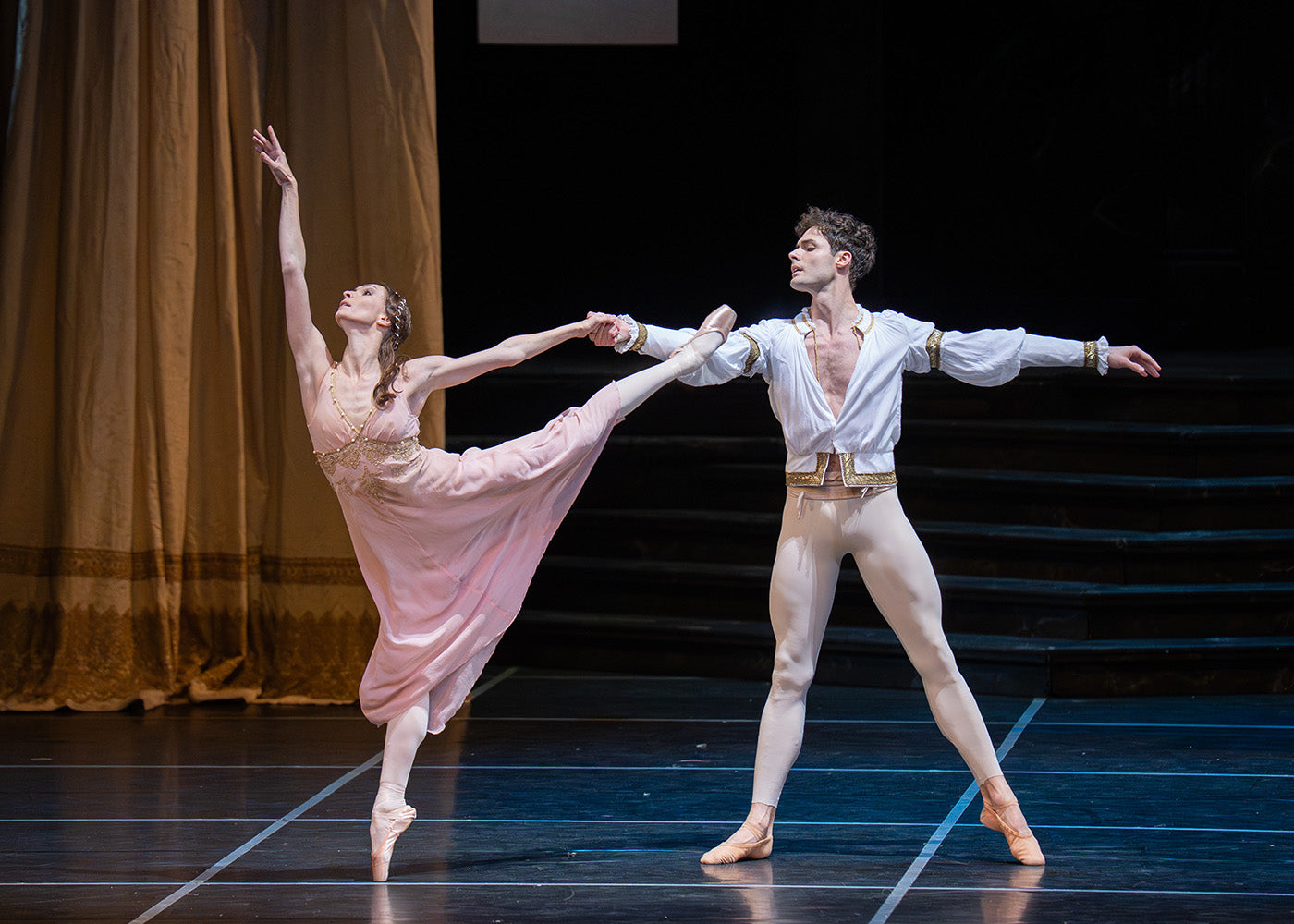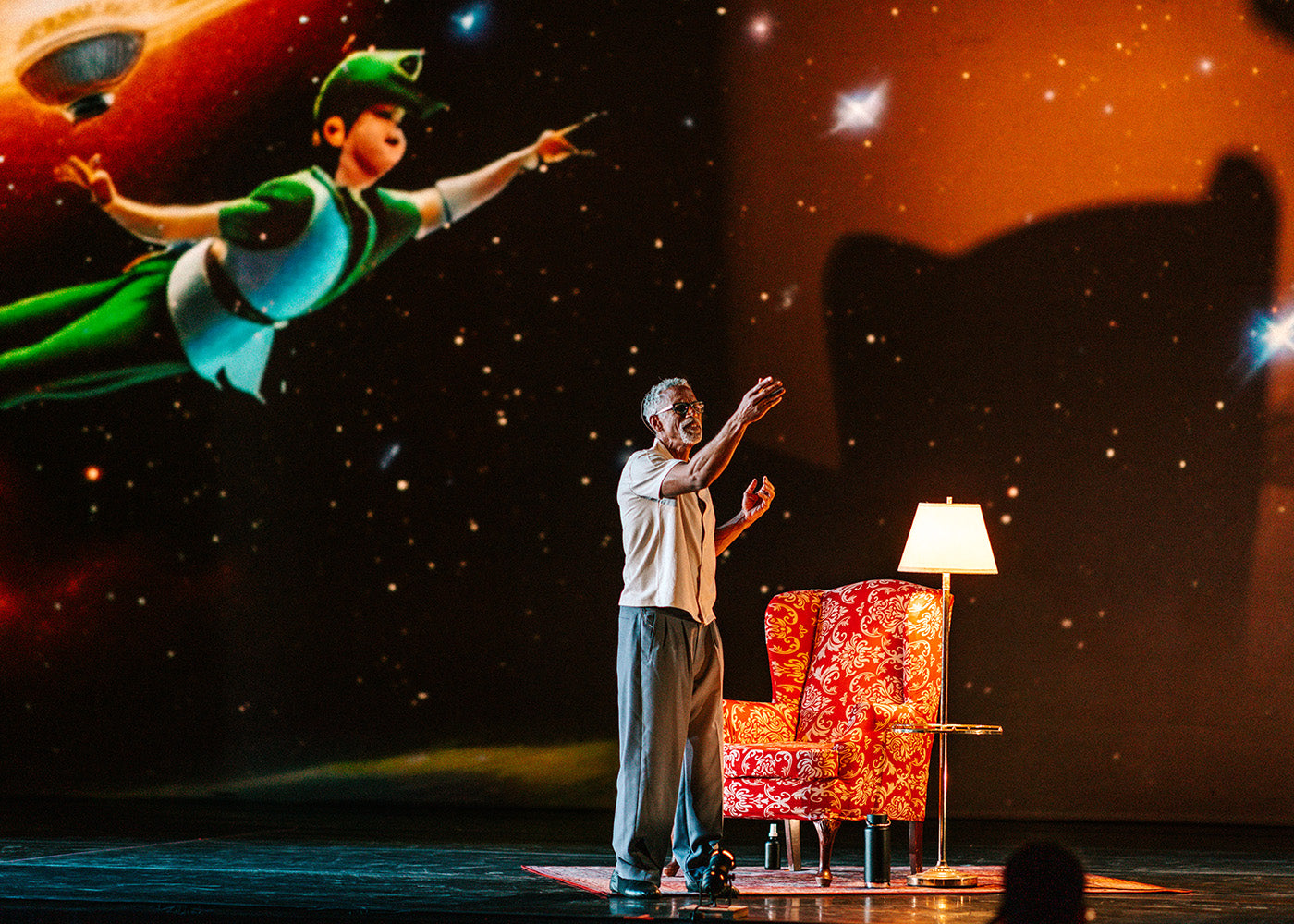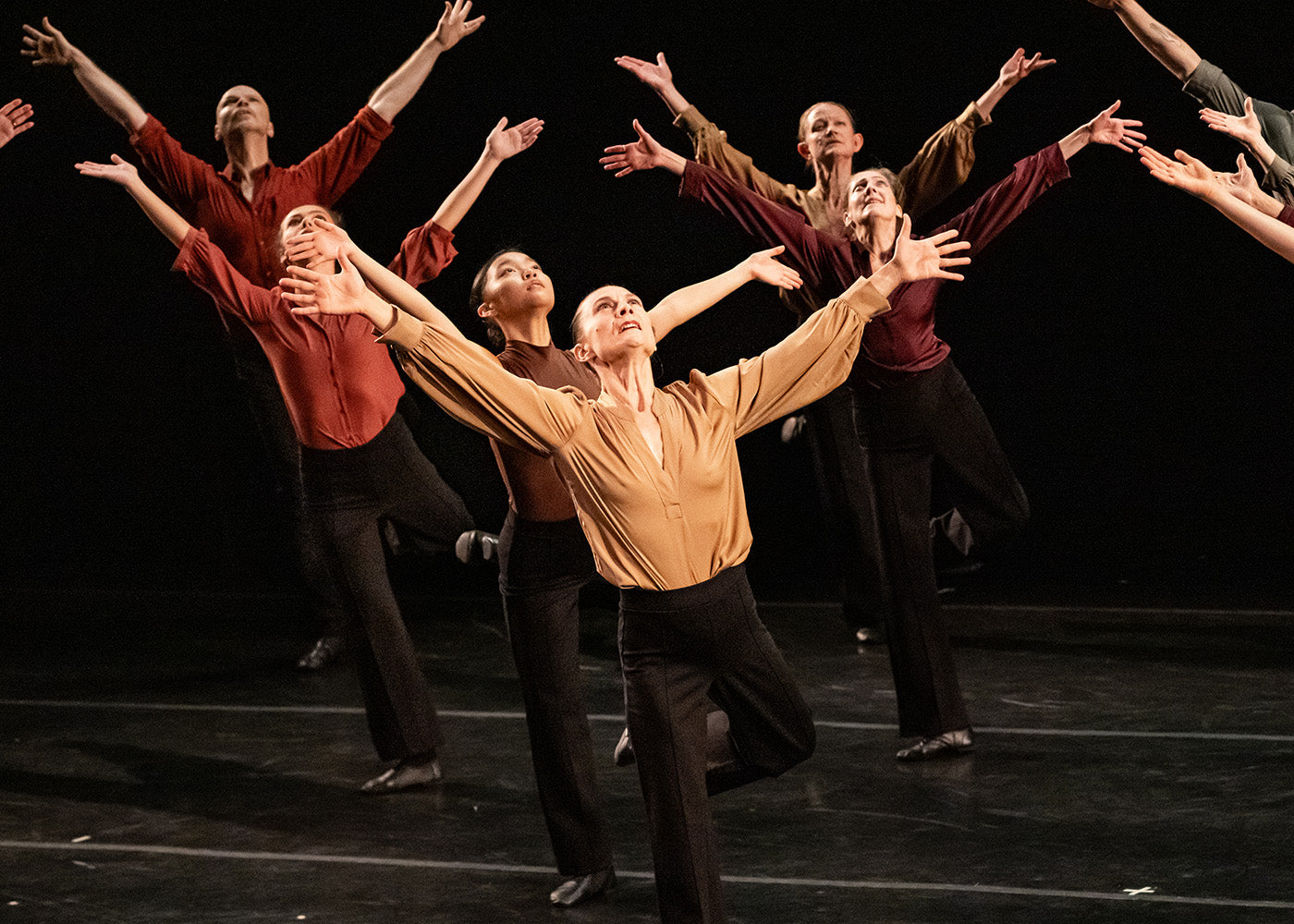What does it take to make a monster? What tells you something is monstrous? Is it the body that oozes and weeps and excretes? Is it the body that fails, that does not measure up or conform? Or the body that creaks, fits, thrusts, gyrates? Is it the wearing of a mask? Is it making what is internal in all its unsavoury and blemished guile part of a tableau of shock and repulsion? Is it to be found in the making of this “mess” visible and by giving negative thoughts about the self a physical form? There are many ways to become a monster; to reveal, indeed, revel in the monstrous. You can do it through sound, action, dance, and gesture. And you can form a monster through costume, all disfigured and unkempt. You can even combine the two—a monstrous acting hideous monster. It looks and acts the part. Yes, monsters can be drawn from a body perfect that grunts and cavorts in unguarded movements so as to disturb your everyday perception of what is attractive and what is not; what is appropriate and what is not; what is acceptable and what is not.
So often that which we find monstrous or displeasing is linked in some way to perceived gross deformity, be it by appearance or actions. Things that are deemed to be in someway less than perfect, polished and normal. Things which go against the flow, bucking the natural order. Such things are threatening, we are told. Such things create ripples where smoothness is sought. These things too bumpy, too fleshy, too sinewy. These things too guttural in their sound, too icky in their expulsion of waste. The beautiful long has been celebrated, so why not a little monster unleash? Do you find it repulsive when I lie in my own urine, propped up like an odalisque? Who says so and according to whom? You? Why this normal function is detestable seems a reasonable question to ask, asserts Atlanta Eke, the performer and choreographer of “Monster Body.”
Upon arrival, these things are made clear. If they were not already, all is indicated by the performance of the waiting dancer-cum-monster as you enter the downstairs space, Sylvia Staehli Theatre, of Dancehouse. There upon a roughly constructed podium, Atlanta Eke stands naked. She is spinning a hula-hoop and she is wearing a monster mask. She has become some sort of lizard hybrid who makes the task of the perpetual spin seem effortless. The body works hard but no error is made. Spin, spin, spin around her body it does. This metamorphosis is as confronting and amusing as you may imagine. Resting against the podium on which she stands, a mirror that reflects the gaze of the audience already seated and the moving blur of the feet of those still filing past. The gate-keeping gyrating monster watches the audience negotiating the theatre space and we watch her. General admission, sit anywhere, but be wary of the front row. Participation can often be called for. That there is seating for the brave. Perhaps, too, the latecomer and those not able to climb the theatre steps.
This is the last performance I am seeing as part of Dance Massive 2013. “Monster Body” premiered in May 2012, as part of the Next Wave Festival, and has been reworked since then. It feels to me something of a work in flux, as changeable as its audience. A conversation, almost. Who is watching whom? Is this equation an even one? Can it ever be? From Eke’s own description of performing “Monster Body” in an underground space, I am not sure.
“I’ve performed it in a few different contexts and it can be performed as a solo show and with other performers. I’ve performed it at various festivals so the space within which it’s performed can be very different. At MONA FOMA, I performed it in a huge underground space on a very small stage to a crowd that had been boozing on all day at a music festival. They were very rowdy but also very responsive to the work. It’s very different to perform it in a theatre where everyone is well behaved.”[note]Atlanta Eke in conversation with Krissi Weiss, Beat Magazine, March 2013[/note]
Long has Eke felt there to be an imbalance in the performer and audience relationship. All too often, we, the audience, no longer singular individuals but lumped together, are told we gape and ogle and sit tantalized by skill, majesty and spectacular contortions on stage. Not for us, in Monster Body, the cloak of darkness. We are drenched in bright and unforgiving light. We are to be seen as we watch. We are to be reflected in the mirror at her feet. We are to be accountable, this much is clear. And we are to be confronted too. There is something about this performance that can also make a terrific collective prude of its audience. Where is safe to look? Nowhere.
“…and I’m challenging the relationship of the spectator. People are used to being in the darkness watching something that they supposedly can’t do and I don’t agree with that relationship. Or they’re sitting there in the darkness, objectifying the body on stage, there’s an imbalance of power there. The lights are on in “Monster Body,” I’m not trying to create a complicated relationship with the people I’m in a space with.”[note]Atlanta Eke, Beat Magazine, March 2013[/note]
Before me, a row of four women titter at the sight of our robotic monster still hula-hooping. There is a sense that one or more have been brought along and they have no idea what they are seeing or about to witness. This is one part of the excitement of a festival, taking a punt, and I recognise that feeling of anticipation melded with curiosity. Soon though, this curiosity tips into something else and one of the women proceeds to take photos of the gyrating dancer with a pink lizard face. Upon her iPhone, she takes photos. The pretend shutter sound set to loud, her actions are not discreet. She is objectifying the monster before her. Stealing an image. She is performing the task that this very performance is looking to address. Even when asked politely by Dancehouse staff and those seated nearby, she persists in taking photos. Photos that I have no idea what she will do with or who she would send them to. Does one message a photo of a naked monster to a friend still stuck at work or to their parents? So bemusing this “performance” that I almost think it a part of the choreography, but then I am always mistaking performance art for real life—or do I mean vice versa?
And thus begins the “Monster Body” journey that is equal parts confronting, compelling, disturbing, flawed, humorous, and sad. Built upon a base of anger, the imagery I recall today remains as disturbing as it was playful. When humorous, it is. As Eke performs a series of high kicks naked, she makes with her mouth the supposed noise the body could make if talk it could. Each position has a noise, a loud noise. Eke lets us hear what a leg raised thus sounds like. A foot placed on the ground could sound like this. An arm raised to make fourth position could sound like this. I enjoy this play with the body as one giant machine that makes unattractive noises as it exerts itself. Noises that we do not normally hear aloud as we work, dance, perform our day to day. But the body creaks and groans. This we all know and perhaps Eke here is showing us what it is saying. As she moves her body across the stage as if part of footage rewound, so too her vocal sounds. This play makes you smile. The delight at the mechanisms of the body and the sounds it can make. Many of us, in privacy of our own homes or as children, have played with this idea of giving an action a sound. Swoosh go imaginary swords or wands so why not a leg too?
However, as with all things humorous, it caresses the sad, and soon these loud grunts take on some other form. These sounds distort and control the face, and there is helplessness to the dance. Who is in control here? Perhaps the balance of responsible objectification (is there such a thing?) cannot be met. We all love a performance. To sit in a theatre and project onto the dancers something of ourselves. For some, the dancer is a canvas for ideas. For others, something to marvel at. For some it is to see a dancer become music and music in turn become dance. Too many are the reasons to list, and I am not entirely sure that the audience cannot help but appreciate. Nevertheless, Eke and her fellow dancers try, as we, the audience, are assaulted by the quintet of hooded women during a faux intermission within the performance. Hooded, the dancers are reduced to body parts that jiggle. No faces seen. A grotesque spectacle created. And all the while Beyonce’s “Run The World (Girls)” is shown to suggest the opposite. There is little of empowerment here for the audience to take away with them. No pat upon the back either.
“When making a performance I work to lose something of myself, to take risks, to change, to alter my understanding of the world. When considering the context of its presentation I work to set up a situation where there is a possibility for the audience to lose something of themselves. I do not enlighten or empower the audience but simply offer a space where something else can happen. There is trauma, but mostly felt on my behalf.”[note]Atlanta Eke, “Massive Chats: Atlanta Eke,” Dancehouse, March 18, 2013[/note]
I do not enlighten or empower the audience but simply offer a space where something else can happen. There is trauma, but mostly felt on my behalf.”
For all its parts perhaps needing further refinement or extending, the overall effect is strong, nausea-inducing strong. In the space of near-to an hour we’ve seen the body restricted, distorted, urinated upon, wiped down, cleaned up, restrained, hooded, masked and so on. Dark ground has been covered and we’ve been given chance to feel ourselves the torturer who pulls the black hood over a woman’s face only to find it made our stomach lurch. And we have seen Eke in homage to artists Yayoi Kusama (b.1929–) and Louise Bourgeois (1911–2010). The early Naked Happenings as a means of obliteration of Kusama and the sexually explicit and raw fabric works of Bourgeois come instantly to mind, particularly as Eke steps into a flesh-coloured suit that she proceeds to fill with pink balloons of water. She distorts her form and disturbs the natural balance of her body by doing so. Once wearing the suit replete now with growths about the ankles, knees, abdomen, buttocks, breasts, arms, and wrists, Eke is effectively trapped in a costume, indeed, in a role in which she cannot dance. The ultimate restriction witnessed. The body can no longer do what previously it revealed in, both on a personal, intimate level, and as comment on social confines.
There are many parts of “Monster Body” that haunt, none more so than the finale, which sees Eke paint her face from the lips outward in some creepy childlike state of play. Seated before a mirror, she draws her makeup on. She looks in the mirror and sees the audience reflected. The voyeurism of the audience is enough to make the skin crawl and feel uncomfortable. A garish fluorescent pink lipstick is made to extend outward until the whole face is covered and obscured. A mask once more worn, a mirror to the one of rubber that she wore at the beginning of the performance. This neat symmetry forms a gruesome end. The lights go off. Her face alone is illuminated. It glows, the paint. There, in the dark, a brilliant pink face suspended. It screams silently. It looks part angry, part distressed. It is one terrifying and unsettling image: a severed head, angrily floating. It signals the end and I for one cannot wait to escape the theatre. This is one dark cave I have been dragged into and I very much want to leave.









comments